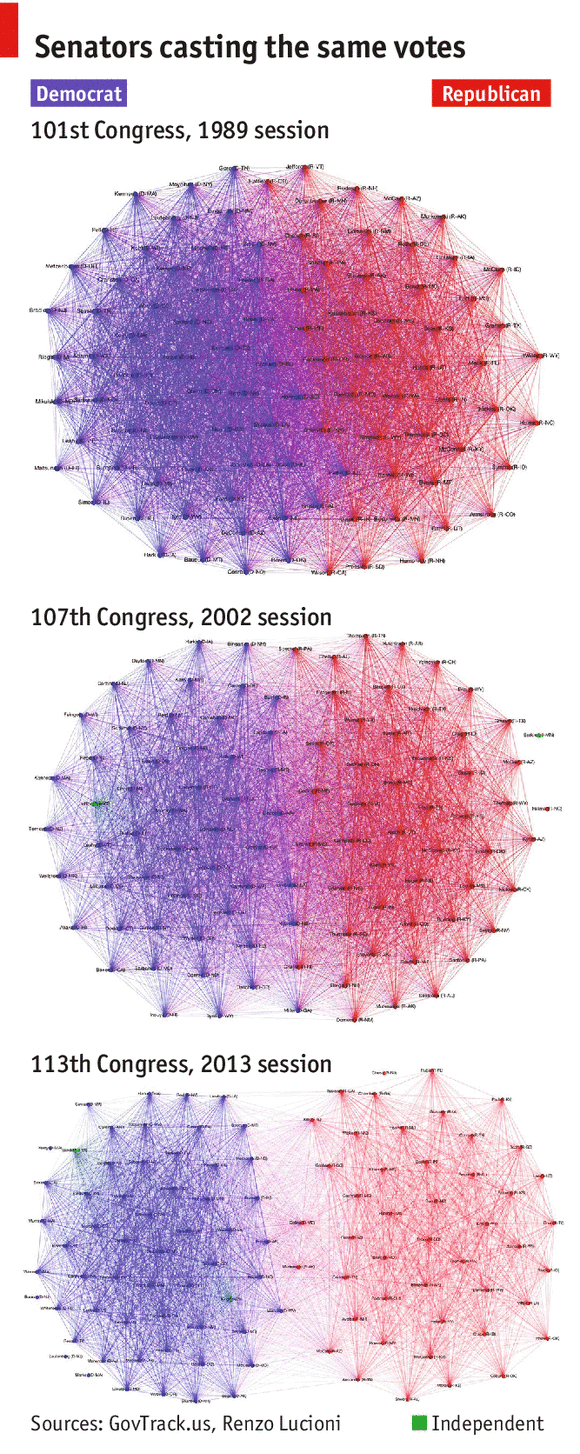With the recent confirmation of Betsy DeVos for Education Secretary, equal access to education for everyone is once again a hot topic. This New York Times article from April 29, 2016 addressed the issue.

Although there were several graphics in this article, this one stood out the most to me. This graph shows a student’s parents’ socioeconomic status on the x-axis, and their relative academic achievement levels on the y-axis. The size of the dots represent the size of a racial group within a school district, and the color represents the specific racial group. It is striking how white children seem to outscore minorities in a consistent fashion. However, this data fails to control for geographical differences, or any other potential confounding variables. Maybe white students tend to live in richer areas, which provide better education?
The next graphic in the article quickly debunks this idea. Each line segment corresponds to a school district, which is more obvious in the interactive graphic when you mouseover a line segment and the district is displayed. Even within a school district, white children consistently outperform their minority counterparts.
So why is this? The article does not attempt to elevate any one explanation. The intended audience is not clear, although the NYT does tend to gravitate towards more educated, liberal readers. The goal does not seem to be to convince the reader to adopt one political position or the other, or even to explain the data. Instead, it simply presents it. By giving a clear, easily digestible picture of the data, the article allows the reader to make their own conclusions. Whether this is desirable, or even responsible, is another question altogether. However, it is clear that this is enough data to make anyone think about the underlying issues, and thus I believe the creator has succeeded in drawing attention to the issue, which was no doubt his original intention. It is up to the reader to figure out why this phenomenon exists, and it is up to our generation to correct it, so equal opportunity is available for all.
Sean Soni


